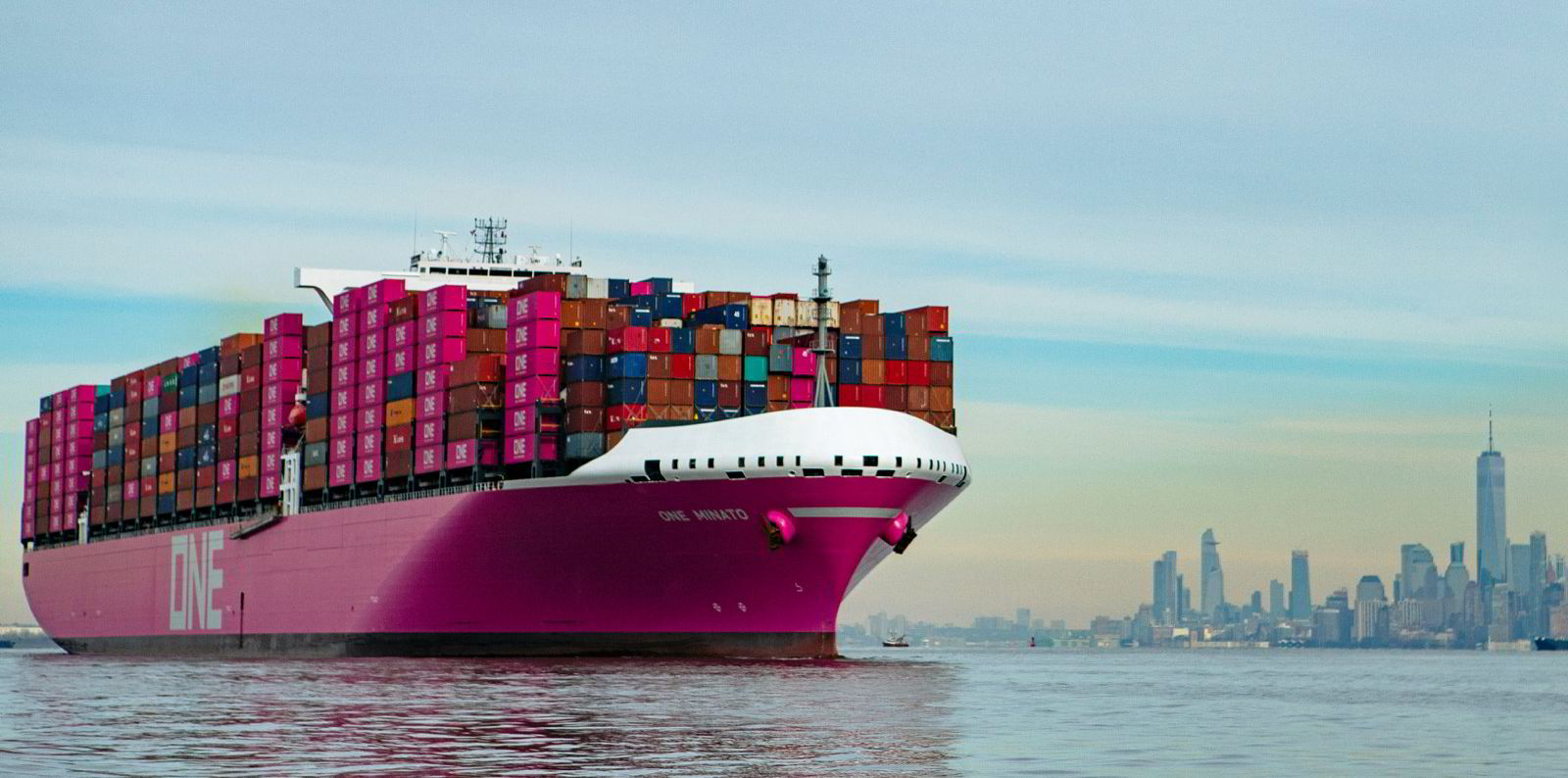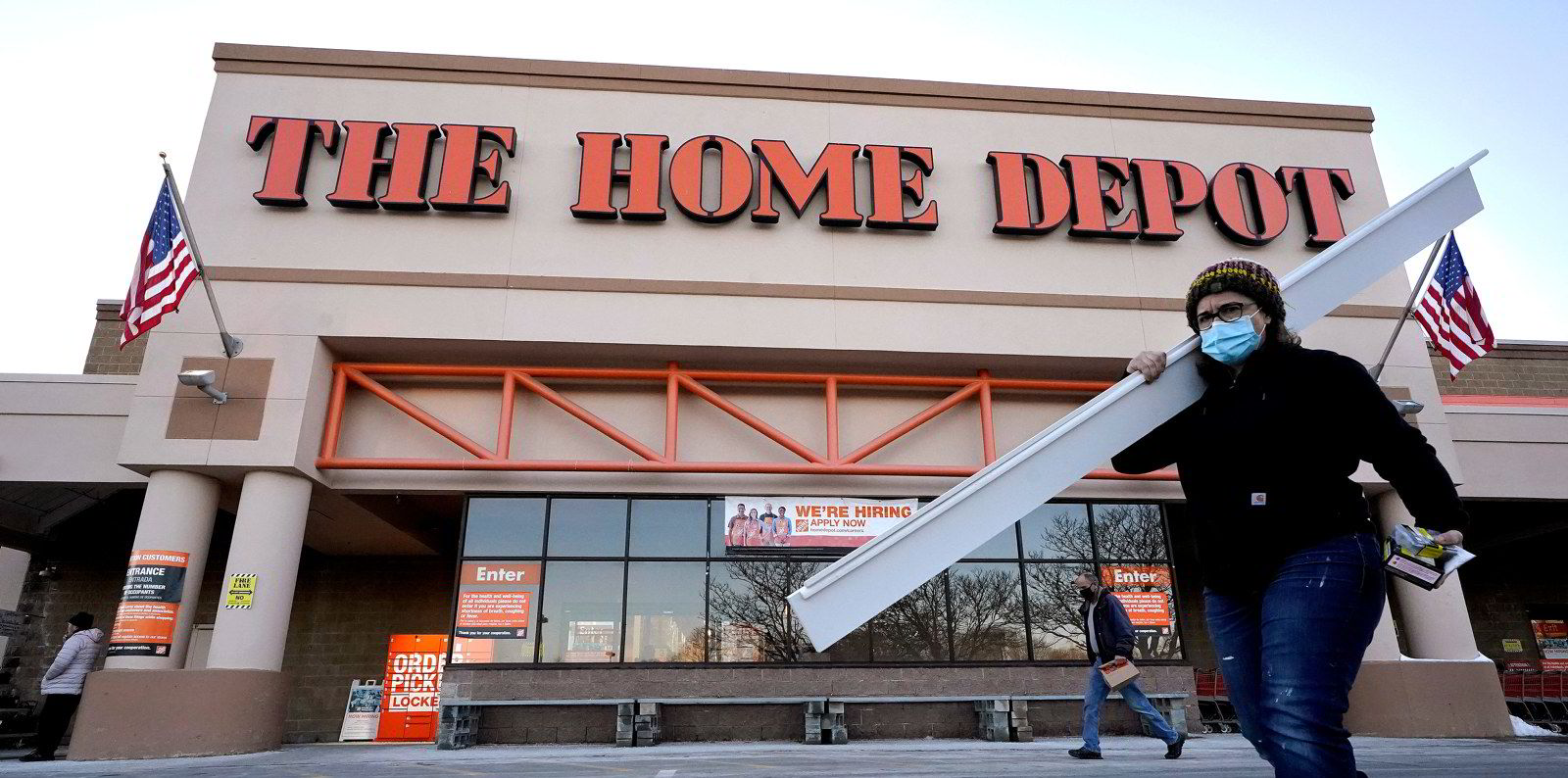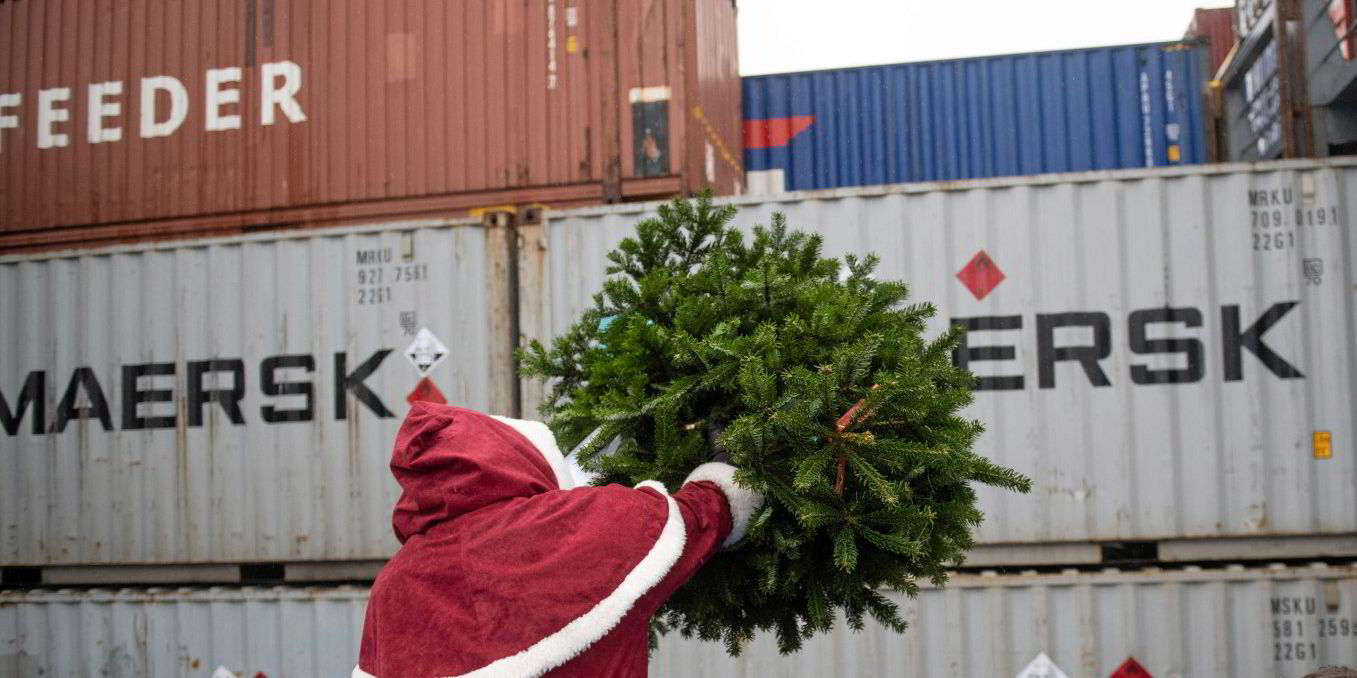The boom in containership charter earnings has propelled Clarksons Research's rate index to its highest ever level, eclipsing the record set in 2005.
The containership charter rate index is based on a basket of vessel types adjusted over time to allow for the growth of ship sizes, going back to 1993.
In the last week of May, the index set a record of 179 points and by 11 June had risen to 191.
The latest increases pushed the index past the previous 172-point high, set in March and April 2005, when the average 4,400-teu panamax one-year charter rate reached $50,000 per day.
In June 2020, the index bottomed out at 41, with earnings in many sectors around operating expense levels. At that time, the one-year charter rate for a 4,400-teu panamax was $6,800 per day.
Since then, the index has increased by more than 350%, and now stands more than 250% above the post-financial crisis average.
The one-year figure for the same panamax is now $57,000, although in reality vessels of that size and above are today being fixed for multi-year periods, Clarksons Research analyst Trevor Crowe said.
The recovery from the initial impacts of Covid-19 has been dramatic, the research arm of UK shipbroker Clarksons said, and the spike in charter earnings has been swift.
Less than five months have passed since the index breached the 100 mark. In the 2000s, it spent 50 months above this level.
"The spectacular run still has a way to go to match that, though the near-term outlook remains highly positive," Crowe said.
"Medium-term complexities around disruption and demand remain, but for now, amongst this year’s milestones, the container sector has posted an extraordinary record."
Disruption upside

This year’s surge has been driven by a strong recovery in trade, with volumes in April up 20% year on year, Clarksons Research said.
This has combined with "disruption upside" from regional port congestion, Crowe said, as well as a lack of availability of containers — a "perfect storm".
Underlying box freight rates have also set records, with the Shanghai Container Freight Index at an all-time high of 3,704 as of 11 June.
Average ship fixture periods have leapt from less than six months to more than two years.
From boom to bust
Between the early 2000s and the onset of the financial crisis in autumn 2008, the containership charter market, along with most shipping sectors, experienced a spectacularly strong period, driven primarily by demand-side factors.
From 2002 to 2007, Asia to Europe trade saw average growth of an astonishing 17% per year, Clarksons Research figures show.
Global container trade expanded by an average of 11% every 12 months.
But when the financial crisis hit and demand collapsed, with a containership orderbook around 60% of fleet capacity, things turned ugly, with the index averaging just 49 between 2009 and 2019.







